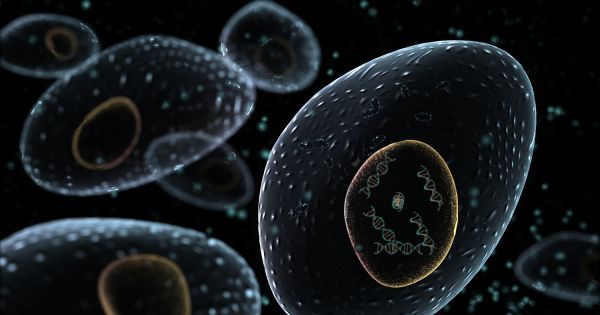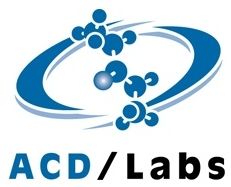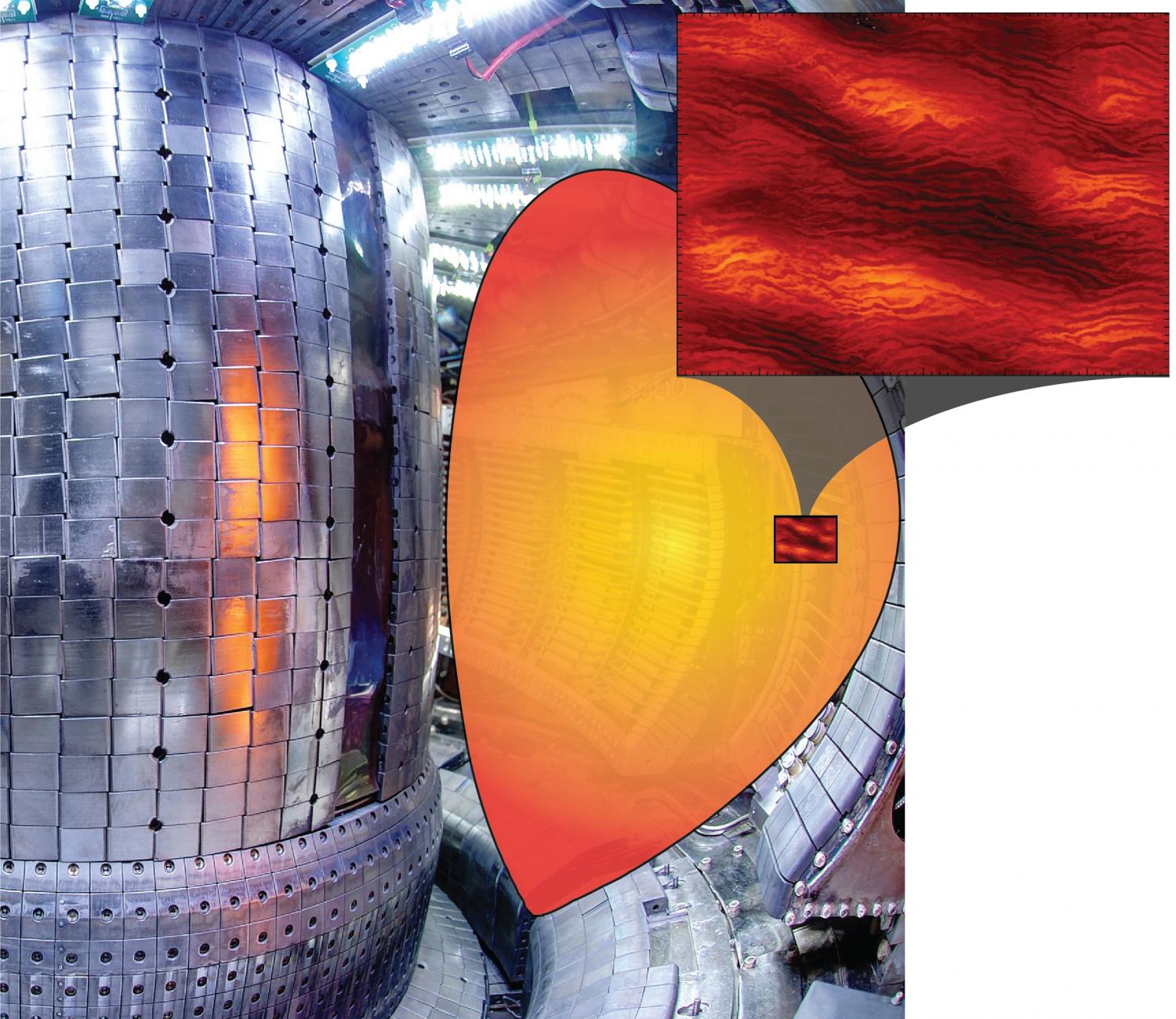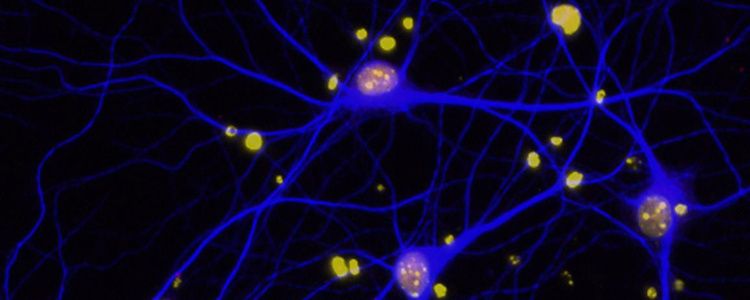Page 11373
Mar 7, 2016
ACD/Labs Highlights its Mixture Analysis Software Capabilities at PITTCON 2016
Posted by Karen Hurst in category: food
ACD Labs new solution is streamlining lab analysis.
ACD/Labs, a leading cheminformatics company, today announced it will introduce a set of new mixture analysis capabilities to its ACD/ChemAnalytical Workbook and ACD/Spectrus Platform. For more than a decade ACD/Labs’ software solutions have been used for analysis of complex chemical mixtures in a variety of industries including, but not limited to, pharmaceuticals, coatings, petroleum and lubricants, polymers, food and beverages, and environmental elements.„„ With the introduction of t…
Mar 7, 2016
SRI’s Micro Robots Can Now Manufacture Their Own Tools
Posted by Karen Hurst in category: robotics/AI
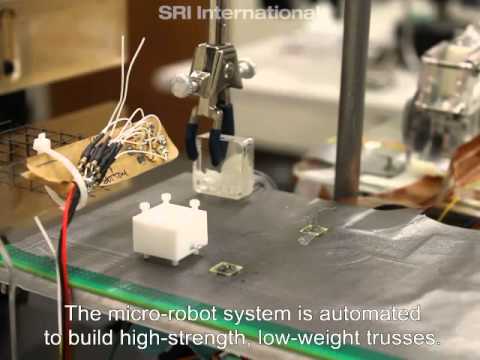
MiniBots manufacturing.
These tiny robots can reconfigure themselves in a custom tool shop that’s just a few square inches in size.
Continue reading “SRI’s Micro Robots Can Now Manufacture Their Own Tools” »
Mar 7, 2016
Marines Adapting Live-Fire Training Using Robots
Posted by Karen Hurst in categories: military, robotics/AI

At Camp Pendleton, Marines are testing a new, cutting edge form of live-fire training using robotic targets.
Stationary and on-rails targets are all well and good, but enemy combatants haven’t behaved like that since the formal battle lines of the Revolutionary War. It’s long past time for a training program that provides a more accurate simulation of today’s combat situations, and the Marines of Camp Pendleton are taking steps toward just that.
Continue reading “Marines Adapting Live-Fire Training Using Robots” »
Mar 7, 2016
Multi-scale simulations solve a plasma turbulence mystery
Posted by Karen Hurst in categories: nuclear energy, particle physics, supercomputing
Solving the turbulence plasma mystery.
Cutting-edge simulations run at Lawrence Berkeley National Laboratory’s National Energy Research Scientific Computing Center (NERSC) over a two-year period are helping physicists better understand what influences the behavior of the plasma turbulence that is driven by the intense heating necessary to create fusion energy. This research has yielded exciting answers to long-standing questions about plasma heat loss that have previously stymied efforts to predict the performance of fusion reactors and could help pave the way for this alternative energy source.
The key to making fusion work is to maintain a sufficiently high temperature and density to enable the atoms in the reactor to overcome their mutual repulsion and bind to form helium. But one side effect of this process is turbulence, which can increase the rate of plasma heat loss, significantly limiting the resulting energy output. So researchers have been working to pinpoint both what causes the turbulence and how to control or possibly eliminate it.
Continue reading “Multi-scale simulations solve a plasma turbulence mystery” »
Mar 7, 2016
How cancer cells fuel their growth
Posted by Karen Hurst in categories: biotech/medical, materials
Pretty cool.
Scientists report that amino acids, not sugar, supply most building blocks for cancerous tumor cells. Cancer cells are notorious for their ability to divide uncontrollably and generate hordes of new tumor cells. Most of the fuel consumed by these rapidly proliferating cells is glucose, a type of sugar.
Scientists had believed that most of the cell mass that makes up new cells, including cancer cells, comes from that glucose. However, MIT biologists have now found, to their surprise, that the largest source for new cell material is amino acids, which cells consume in much smaller quantities.
Mar 7, 2016
Microsoft and Google employees on US national guard may join cyber war against Islamic State
Posted by Karen Hurst in categories: cybercrime/malcode, military
U.S. Defense Secretary Ash Carter said the National Guard’s cyber squadrons will play an increasingly important role in assessing the vulnerabilities of U.S. industrial infrastructure and could be asked to join the fight against Islamic State.
The National Guard – a reserve military force that resides in the states but can be mobilized for national needs – is a key part of the military’s larger effort to set up over 120 cyber squadrons to respond to cyber attacks and prevent them.
One such unit, the 262nd squadron, is a 101-person team that includes employees of Microsoft and Alphabet’s Google. The unit is “famous throughout the country” for several high profile vulnerability assessments, Carter said at the Joint Base Lewis-McChord in Tacoma, Washington late on Friday.
Mar 7, 2016
Magneto Protein Could Help Magnets Control Brain Circuitry
Posted by Karen Hurst in category: neuroscience
New technique may allow more precise and less invasive study of the brain.
Originally published:
Mar 7 2016 — 11:00am.
Continue reading “Magneto Protein Could Help Magnets Control Brain Circuitry” »
Mar 7, 2016
Newly developed model of DNA sheds light on molecule’s flexibility
Posted by Karen Hurst in categories: bioengineering, biotech/medical, computing, genetics, nanotechnology
Knowledge of how DNA folds and bends could offer new perspective on how it is handled within cells while also aiding in the design of DNA-based nano-scale devices, says a biomedical engineer at Texas A&M University whose new motion-based analysis of DNA is providing an accurate representation of the molecule’s flexibility.
The model, which is shedding new light on the physical properties of DNA, was developed by Wonmuk Hwang, associate professor in the university’s Department of Biomedical Engineering, and his Ph.D. student Xiaojing Teng. Hwang uses computer simulation and theoretical analysis to study biomolecules such as DNA that carry out essential functions in the human body. His latest model, which provides a motion-based analysis of DNA is detailed in the scientific journal ACS Nano. The full article can be accessed at http://pubs.acs.org/doi/abs/10.1021/acsnano.5b06863.
In addition to housing the genetic information needed to build and maintain an organism, DNA has some incredibly interesting physical properties that make it ideal for the construction of nanodevices, Hwang notes. For example, the DNA encompassed within the nucleus of one human cell can extend to four feet when stretched out, but thanks to a number of folds, bends and twists, it remains in a space no bigger than one micron – a fraction of the width of a human hair. DNA also is capable of being programmed for self-assembly and disassembly, making it usable for building nano-mechanical devices.
Mar 7, 2016
Chemists get the ball rolling on titanium oxide fullerenes
Posted by Karen Hurst in categories: chemistry, particle physics
Constructing the 1st 42 titanium atoms fullerene style structure.
Titanium oxide nanocluster has been captured under electron microscope.
